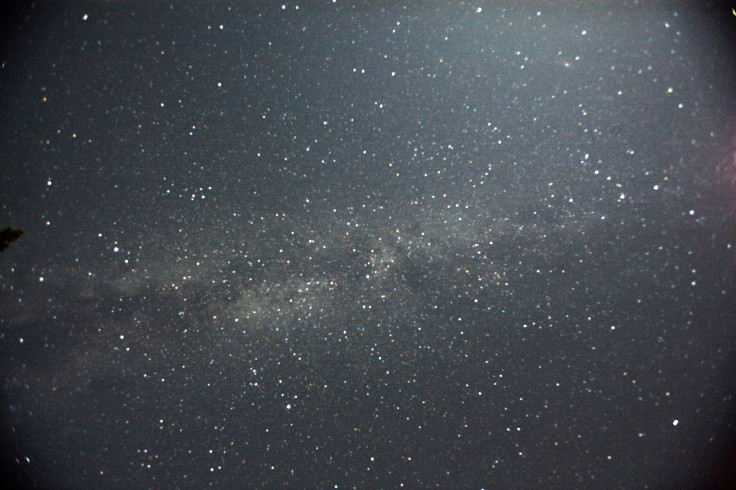New Cluster Of Young Stars Marking Location Of Dark Matter Dominated Galaxy Discovered

Researchers from the Rochester Institute of Technology have discovered a cluster of young stars that mark the location of a previously unseen dark-matter dominated galaxy.
Astronomers are on the constant lookout for new and unnatural cosmic bodies and phenomenon in space. The latest is the discovery of a cluster of young stars that mark the location of a previously unseen dark-matter dominated galaxy. According to researchers, the new cluster is located approximately 300,000 light years away and the stars are Cepheid variables-"standard candles" that astronomers use to measure distances.
"These young stars are likely the signature of this predicted galaxy," Sukanya Chakrabarti, assistant professor in RIT's School of Physics and Astronomy, said in a press statement. "They can't be part of our galaxy because the disk of the Milky Way terminates at 48,000 light years. The discovery of the Cepheid variables shows that our method of finding the location of dark-matter dominated dwarf galaxies works. It may help us ultimately understand what dark matter is made up of. It also shows that Newton's theory of gravity can be used out to the farthest reaches of a galaxy, and that there is no need to modify our theory of gravity."
Dark matter, commonly known as invisible particles, comprise 23 percent of the universe’s mass. It has be the object of many fundamental problems in astronomy because scientists have failed to study and understand its composition and characteristics. Researchers of the new study suspect that the newly discovered cluster of stars are part of a dwarf galaxy Chakrabarti predicted in 2009, based on her analysis of ripples in the Milky Way's outer disk.
"The discovery of the Cepheid variables shows that our method of finding the location of dark-matter dominated dwarf galaxies works," she said. "It may help us ultimately understand what dark matter is made up of. It also shows that Newton's theory of gravity can be used out to the farthest reaches of a galaxy, and that there is no need to modify our theory of gravity."
For the study, the researchers VISTA's database of tens of millions of stars to find these clustered Cepheid variables in the Norma constellation, all within one degree of each other. VISTA's database allows scientists to study unexplored regions close to the galactic plane that are inaccessible to optical surveys.
Findings of the current study were published online in Astrophysical Journal Letters.
To contact writer, email: sammygoodwin27@gmail.com




















